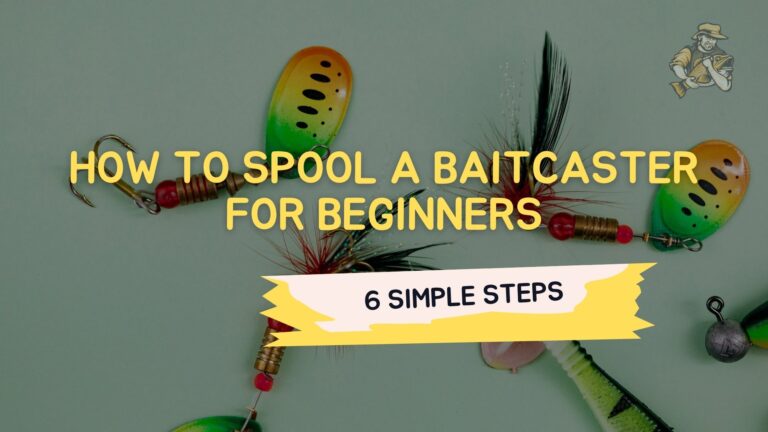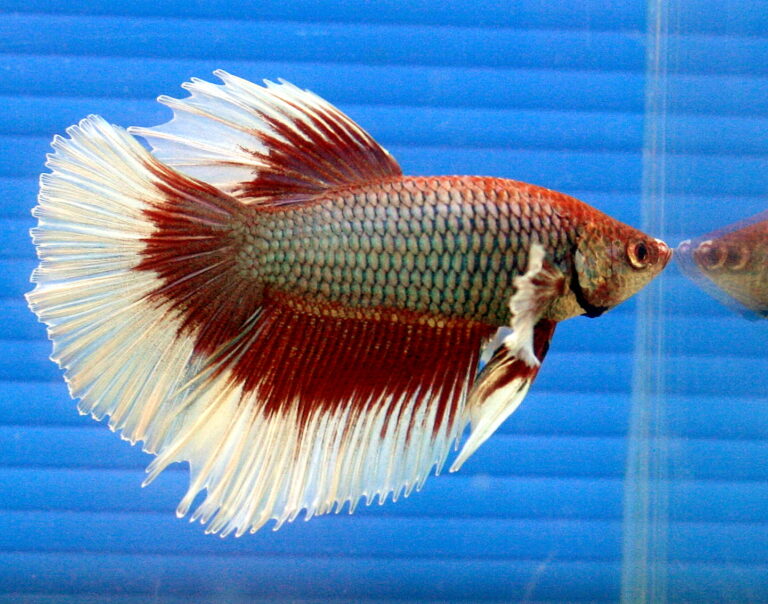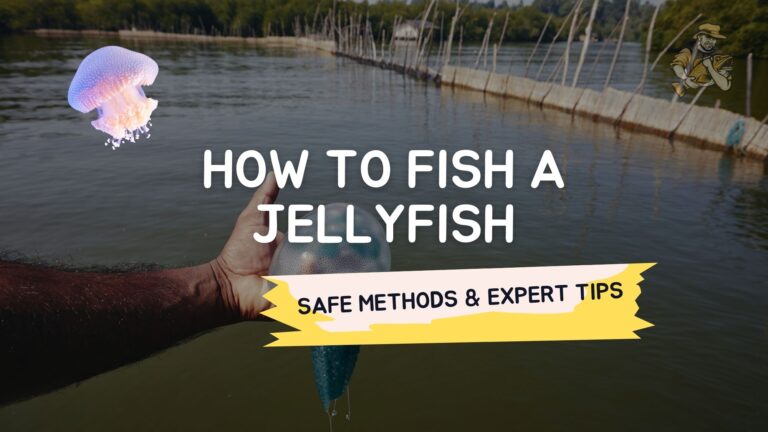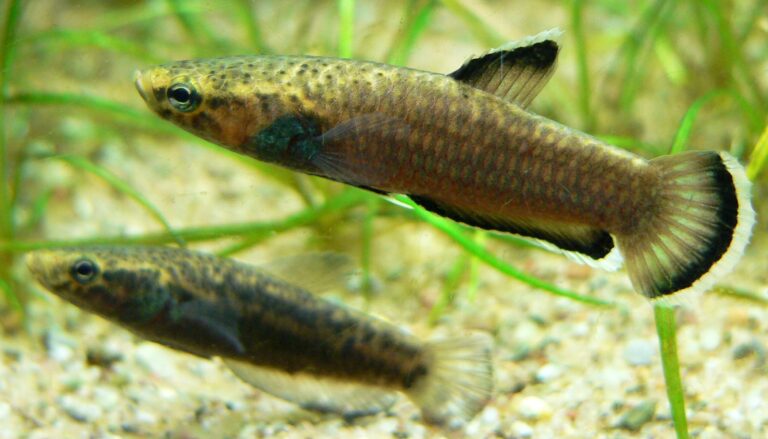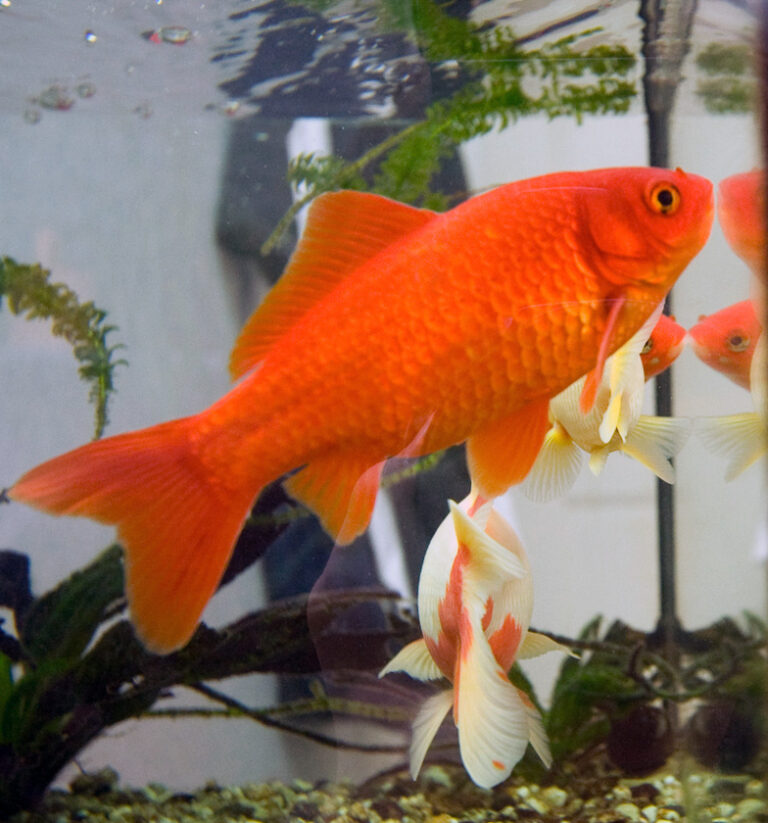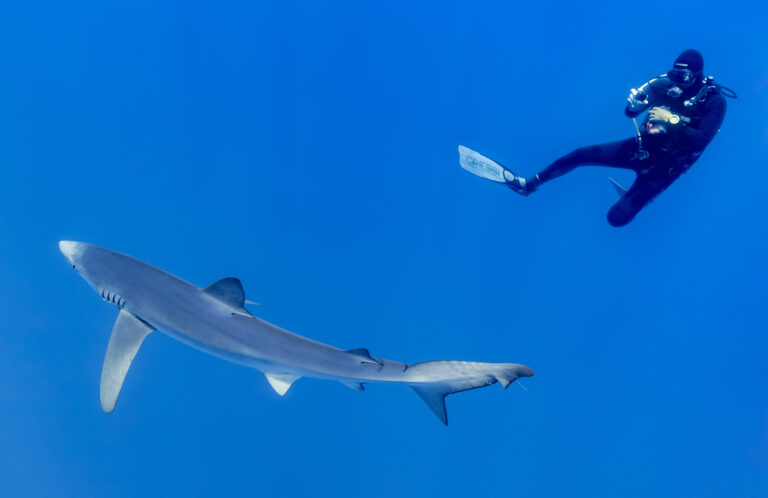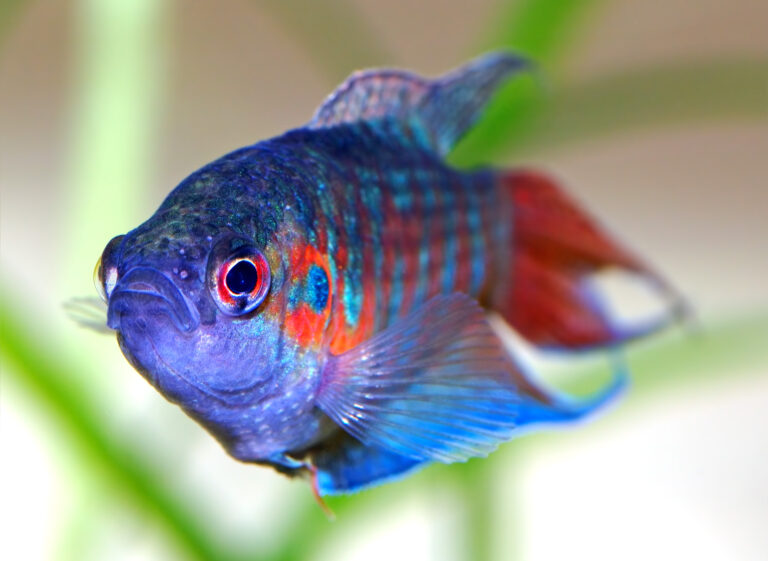History of Fly Fishing: Ancient Origins to Modern Mastery
By Adam Hawthorne | Last Modified: May 6, 2025

The gentle art of fly fishing has captivated anglers for centuries, evolving from a practical method of obtaining food to a beloved recreational pursuit with deep cultural significance. I’ve been fascinated by the rich history of fly fishing throughout my angling journey, and there’s something powerful about connecting with a tradition that spans millennia. Let me take you through the remarkable story of how this elegant fishing method developed across continents and generations.
The Ancient Beginnings of Fly Fishing
Fly fishing roots stretch back further than many people realize. The earliest recorded reference dates to Roman times in the 2nd century when Claudius Aelianus described Macedonian anglers on the Astraeus River using artificial flies to catch fish. These resourceful fishermen observed trout rising to feed on natural insects and crafted imitations using red wool and feathers attached to hooks.
I find it incredible that the fundamental concept – presenting an artificial fly to mimic natural prey – hasn’t changed in nearly 2,000 years. The materials and techniques have evolved dramatically, but that core principle remains.
These early practitioners weren’t sport fishing as we understand it today. They were fishing for sustenance, using keen observation of nature to develop more effective methods. They noticed fish feeding patterns and created flies from available materials like wool, feathers, and crude hooks fashioned from bone or bronze.
The ancient Romans weren’t the only early adopters, though. Evidence suggests similar techniques developed independently in different cultures. Japanese fishermen were using artificial flies for ayu fishing during the 9th century, fashioning delicate kebari flies that bear remarkable similarities to some modern patterns.
What’s particularly interesting is how these early anglers had to rely entirely on observation and practical experience. They didn’t have the luxury of YouTube tutorials or fishing forums – just careful study of fish behavior and natural habitats. In many ways, they developed a deeper connection with their environment than many modern anglers.
Medieval Developments and the First Written Works
The Middle Ages saw fly fishing continue as both a practical method and an increasingly refined technique. The first detailed treatise on fishing, “Treatyse of Fysshynge wyth an Angle,” appeared in 1496 as part of the Book of St. Albans. This groundbreaking text included descriptions of artificial flies and basic fly fishing techniques.
The anonymous author (possibly Juliana Berners, prioress of Sopwell Priory) provided instructions for 12 specific fly patterns, each designed for a particular month. I’ve always found it remarkable how these early patterns reflected a sophisticated understanding of seasonal insect hatches – something many beginning anglers struggle with even today.
During this period, fly fishing remained primarily a method for catching food, but we begin to see the first hints of recreational enjoyment. The Treatyse describes fishing as “the means of preventing idleness, which is the root of all sins” – suggesting the pursuit had value beyond merely catching dinner.
Fly fishing equipment in this era was necessarily primitive by today’s standards. Rods were typically made from sturdy woods like hazel or willow, often exceeding 12 feet in length. Lines consisted of horsehair or silk, and hooks were handcrafted by blacksmiths. Despite these limitations, medieval anglers managed to develop increasingly effective techniques.
The 17th-18th Centuries: Fly Fishing Becomes a Gentleman’s Art
By the 17th century, fly fishing was transforming into a refined recreational pursuit, particularly in England. Izaak Walton’s influential 1653 book “The Compleat Angler” helped popularize fly fishing among the upper classes, though Walton himself wasn’t primarily a fly fishing expert.
The fly fishing sections in Walton’s book were actually written by his friend Charles Cotton, whose detailed descriptions greatly advanced the technical literature on the subject. Cotton’s contribution included specific fly patterns and casting techniques that represented a significant leap forward in fly fishing instruction.
During one memorable trip to England’s chalk streams, I couldn’t help thinking about how these waters looked remarkably similar to when Cotton fished them centuries ago. There’s something profound about casting a line where generations of anglers have practiced their art.
This period saw important technical innovations. Jointed rods appeared, making longer rods more manageable, while improved line materials offered better casting performance. The wealthy began commissioning custom fishing equipment, leading to more specialized tackle development.
What I find fascinating about this era is the social element that emerged. Fly fishing became a mark of refinement and a way for gentlemen to connect with nature. Fishing clubs formed, providing spaces for anglers to share techniques and experiences – the 18th century equivalent of today’s online fishing forums.
The 19th Century: The Victorian Fly Fishing Revolution
The Victorian era witnessed an explosion in fly fishing’s popularity and innovation. The industrial revolution brought manufacturing advances that made tackle more affordable and widely available. Fly fishing clubs expanded throughout Britain, while the burgeoning middle class embraced the sport as leisure time increased.
One of the most significant developments was the publication of Alfred Ronalds’ “The Fly-Fisher’s Entomology” in 1836. Ronalds pioneered the scientific approach to fly design, carefully studying insects and creating accurate imitations. His work established the entomological foundations of modern fly tying.
I remember my grandfather showing me an old copy of Ronalds’ book he’d picked up at an estate sale. The detailed illustrations of insects alongside their artificial counterparts still serve as a masterclass in observation-based fly design.
Several breakthrough innovations transformed equipment during this period:
- Split cane (bamboo) rods replaced solid wood, offering superior action and durability
- Reels became more sophisticated with improved drag systems
- Silk lines replaced horsehair for better casting performance
- The dry fly technique was refined and popularized in England
Frederic M. Halford, often called “the father of modern dry fly fishing,” published several influential books that established dry fly fishing as the most prestigious method on English chalk streams. His methodical approach emphasized precise presentation and exact imitation.
Meanwhile in America, fly fishing was developing along slightly different lines. American anglers like Theodore Gordon adapted English techniques for faster-flowing, rougher rivers, creating distinctive fly patterns and approaches. Gordon’s correspondence with British fly fishing authorities helped cross-pollinate ideas between the two traditions.
The American Contribution and Early 20th Century
America made significant contributions to fly fishing history, particularly in the late 19th and early 20th centuries. Innovations flourished as distinctive American styles emerged to meet the challenges of varied waterways across the continent.
The Catskill school of fly tying developed in New York’s Catskill Mountains, where Theodore Gordon, the “father of American dry fly fishing,” adapted English techniques for American waters. His disciples, including Edward Ringwood Hewitt and the legendary Dettes family, refined these methods further.
I had the chance to fish some of these famed Catskill rivers a few years back. Standing in the Beaverkill where Gordon once cast his line, I couldn’t help feeling connected to this rich tradition. The river hasn’t changed much since those pioneering days, and the same insects still hatch along its banks.
The early 20th century saw fly fishing democratized in America. Lee Wulff, an innovative angler and conservationist, championed lighter tackle and sportier approaches. His famous declaration that “a good game fish is too valuable to be caught only once” helped establish catch-and-release ethics that remain vital today.
This period also saw women gaining prominence in the sport. Joan Wulff became a casting champion and influential instructor, breaking gender barriers in what had been largely a man’s world. When I started teaching my daughter to fly fish, I made sure she knew about pioneers like Wulff who proved this was everyone’s sport.
Technical innovation accelerated during this time:
- The development of synthetic materials began to supplement traditional materials
- Bamboo rod construction techniques reached their zenith
- Specialized fly patterns emerged for different American fish species
- The introduction of nylon monofilament in the 1950s revolutionized leader construction
The Modern Revolution: Materials, Conservation and Global Expansion
The latter half of the 20th century brought revolutionary changes to fly fishing, fundamentally transforming the sport in ways Izaak Walton could never have imagined.
Fiberglass rods appeared in the 1950s, followed by graphite in the 1970s. These materials allowed for lighter, stronger rods with more precise actions. Synthetic lines replaced silk, offering superior floating abilities and durability. Fly tying incorporated new synthetic materials that could imitate natural materials with greater durability.
I still have my first fiberglass rod from the 1970s hanging in my garage – it feels like wielding a broomstick compared to modern carbon fiber, but it represents an important step in the evolution of tackle.
The conservation ethic became increasingly central to fly fishing culture. Organizations like Trout Unlimited (founded 1959) mobilized anglers as environmental advocates. The catch-and-release philosophy spread widely, helping preserve fish populations in heavily pressured waters.
During the 1980s and 1990s, fly fishing experienced a cultural renaissance. Films like “A River Runs Through It” introduced the sport to new audiences, while emerging fly fishing literature explored its philosophical and spiritual dimensions. Writers like Thomas McGuane, Nick Lyons, and John Gierach elevated angling literature to new heights.
Globalization transformed fly fishing from a primarily Western pursuit to a worldwide phenomenon. New fisheries opened in remote locations from Mongolia to New Zealand, while techniques developed to target species previously thought unsuitable for fly fishing.
The International Federation of Fly Fishers has documented how fly fishing techniques have been adapted for everything from peacock bass in the Amazon to giant trevally on tropical flats. The sport’s boundaries continue expanding today.
Fly Fishing in the 21st Century: Tradition Meets Innovation
Today’s fly fishing scene represents a fascinating blend of reverence for tradition and embrace of innovation. The sport has never been more diverse in its practitioners, targeted species, or approaches.
Digital technology has transformed how anglers learn and connect. Online forums, YouTube channels, and social media allow instant sharing of techniques and conditions. GPS and fishing apps help anglers locate promising waters and track conditions. I remember the days of paper maps and word-of-mouth reports – the contrast with today’s information abundance is striking!
Conservation remains central, with increasing emphasis on climate change impacts on coldwater fisheries. Organizations like American Rivers and The Wild Salmon Center work to protect vital habitats while engaging anglers as advocates.
The diversity of the sport has expanded dramatically. Women represent the fastest-growing demographic in fly fishing, with organizations like United Women on the Fly building community. Efforts to increase inclusivity have brought new perspectives and energy to the sport.
Equipment continues evolving rapidly. Switch and spey casting techniques have been refined for specific situations. Specialized tackle has developed for everything from Czech nymphing to tenkara (a traditional Japanese fixed-line method). 3D printing has even entered fly tying, allowing unprecedented precision in pattern creation.
Yet alongside this innovation, there’s been renewed interest in historical techniques and equipment. Bamboo rod crafting has experienced a renaissance, with artisans creating heirloom-quality pieces. Traditional wet fly and soft-hackle methods have seen renewed popularity.
I’ve watched anglers in their twenties enthusiastically learning classic Catskill-style dry fly techniques while using the latest carbon fiber rods – this blend of old and new represents the sport at its best.
The Enduring Appeal of Fly Fishing History
The history of fly fishing continues to inform and enrich the contemporary angling experience. Understanding this lineage helps us appreciate the methods we use today and connects us to generations of observant anglers who refined these techniques.
There’s something profoundly satisfying about using approaches that have proven effective for centuries. When I tie a traditional pattern like a Royal Coachman or cast to a rising trout with a dry fly, I’m participating in a tradition that spans cultures and generations.
The philosophical dimensions of fly fishing – patience, observation, and harmony with nature – remain as relevant as ever in our fast-paced world. Perhaps this explains why interest in the sport continues growing despite the countless entertainment options available today.
I’ve found that learning about fly fishing history enhances my time on the water. Knowing the origins of the techniques I use deepens my appreciation and connects me to the larger story of human interaction with the natural world.
Whether you’re a seasoned angler or just beginning your fly fishing journey, I encourage you to explore this rich history. The methods we use today didn’t emerge by accident – they represent the accumulated wisdom of countless observant anglers who came before us.
FAQ: History of Fly Fishing
When was fly fishing invented?
The earliest documented reference to fly fishing comes from Roman author Claudius Aelianus around 200 CE, who described Macedonian anglers using artificial flies made of red wool and feathers to catch fish on the Astraeus River. However, the technique may have developed independently in multiple cultures even earlier. The Fly Fishing Museum of the Southern Appalachians has preserved artifacts showing the evolution of these early techniques.
How did fly fishing spread from England to America?
Fly fishing techniques traveled to America with European settlers in the 17th and 18th centuries. However, American anglers soon began adapting these methods to suit local waters and fish species. By the late 19th century, distinctive American approaches had developed, particularly in the Catskill region of New York, where Theodore Gordon and others pioneered American dry fly fishing techniques adapted to faster, rougher waters than the English chalk streams.
What are the most important innovations in fly fishing history?
Several innovations transformed fly fishing: the development of split-cane bamboo rods in the 19th century; the scientific approach to fly design pioneered by Alfred Ronalds; the introduction of synthetic materials for lines and flies in the mid-20th century; graphite rod technology in the 1970s; and the relatively recent development of specialized techniques for different species and conditions. Each innovation expanded the possibilities available to anglers.
Who were the most influential figures in fly fishing history?
Key historical figures include Izaak Walton and Charles Cotton (17th century), whose “The Compleat Angler” popularized the sport; Alfred Ronalds, who established scientific entomology in fly design; Frederic M. Halford, who systematized dry fly fishing; Theodore Gordon, who adapted English techniques for American waters; and Lee Wulff, who pioneered modern light tackle approaches and conservation ethics.
How has fly fishing tackle evolved over time?
Early tackle consisted of simple wooden rods, horsehair lines, and hand-tied flies. Major evolutions included jointed rods (17th-18th centuries), split-cane bamboo rods (19th century), silk lines and reels with drag systems (19th century), synthetic lines and nylon leaders (mid-20th century), and graphite rods (1970s onward). Today’s equipment combines advanced materials with designs informed by centuries of refinement.
What role did Japan play in fly fishing history?
Japan developed its own tradition called “tenkara” dating back at least 400 years. This fixed-line method (no reel) using simple flies called “kebari” was used by commercial anglers in mountain streams. Tenkara has gained international popularity in recent decades for its simplicity and effectiveness, especially in small stream fishing. The Tenkara USA website offers fascinating insights into this parallel tradition.
How has fly fishing culture changed over time?
Fly fishing has transformed from primarily a food-gathering method to a recreational pursuit with philosophical dimensions. Once limited largely to wealthy landowners, especially in England, it has democratized substantially. Contemporary fly fishing culture emphasizes conservation, inclusivity, and the experience beyond just catching fish. Literary and artistic traditions around fly fishing have also flourished, particularly in the 20th century.
How did catch-and-release ethics develop in fly fishing?
The catch-and-release ethic emerged prominently in American fly fishing during the mid-20th century, championed by figures like Lee Wulff. As fishing pressure increased on limited resources, this practice became crucial for conservation. Today, catch-and-release is standard practice in many fisheries, supported by techniques that minimize harm to fish, though selective harvest remains appropriate in some contexts.

Meet Adam Hawthorne
I’m a lifelong fishing enthusiast who’s spent years exploring rivers, lakes, and oceans with a rod in hand. At Fishing Titan, I share hands-on tips, honest gear reviews, and everything I’ve learned about fish and ocean life, so you can fish smarter and enjoy every cast.
Share:

Meet Adam Hawthorne
I’m a lifelong fishing enthusiast who’s spent years exploring rivers, lakes, and oceans with a rod in hand. At Fishing Titan, I share hands-on tips, honest gear reviews, and everything I’ve learned about fish and ocean life, so you can fish smarter and enjoy every cast.
Related Articles
-
How to Spool a Baitcaster for Beginners: 6 Simple Steps
I remember the first time I tried spooling a baitcaster reel. What should have been a simple 15-minute job turned into a frustrating hour of…
-
Half Moon Betta
The Half Moon Betta (Betta splendens) represents one of the most distinctive and sought-after varieties within the Siamese fighting fish lineage. Distinguished by its semicircular…
-
Jaguar Cichlid
The Jaguar Cichlid stands as one of Central America’s most formidable predatory fish, renowned for its impressive size, aggressive temperament, and striking appearance. This remarkable…
-
How to Fish a Jellyfish: Safe Methods & Expert Tips
Jellyfish fishing is a specialized niche within the broader world of angling that requires unique techniques, specific knowledge, and proper safety precautions. While not a…
Fish Species
-
Betta Fish
The Betta Fish, scientifically known as Betta splendens, is one of the most visually captivating and widely recognized freshwater species in the aquarium trade. Native…
-
Telescope Goldfish
The Telescope Goldfish (Carassius auratus) represents one of the most distinctive and recognizable varieties of fancy goldfish in the aquarium trade. Distinguished by its characteristic…
-
Blue Shark
The Blue Shark (Prionace glauca) represents one of the ocean’s most accomplished travelers, traversing entire ocean basins in epic migrations that span thousands of miles….
-
Paradise Fish
The Paradise Fish stands as one of the most remarkable representatives of the labyrinth fish family, captivating aquarists and marine biologists alike with its vibrant…

